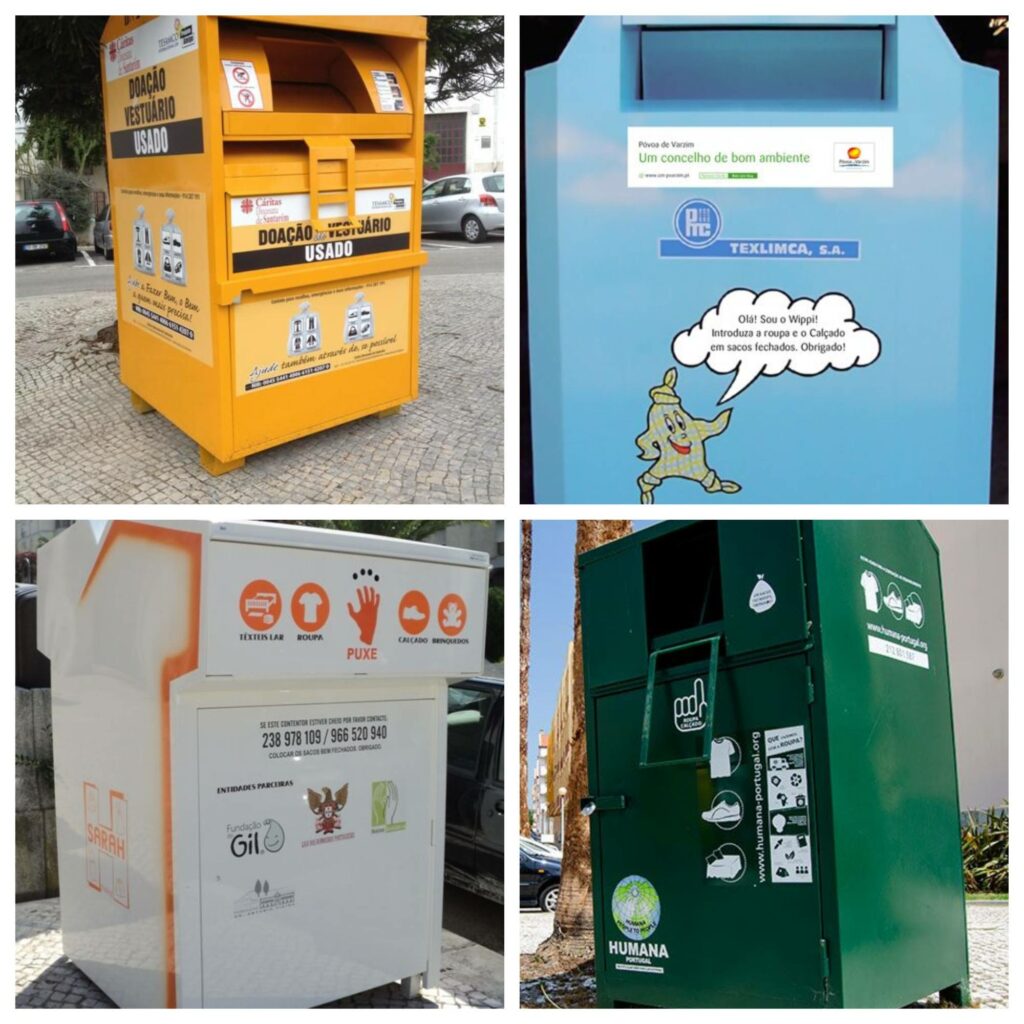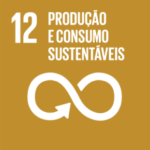
At El Corte Inglés, used clothes get a new life
El Corte Inglés and To Be Green, a spin-off from the University of Minho, have joined forces inan unprecedented partnership, to produce 300 new articles
We didn't find any happenings mapped to your criteria.
Try the traditional search to find articles not yet mapped with RUA.
We didn't find any happenings mapped to your criteria.
Try the traditional search to find articles not yet mapped with RUA.
We didn't find any happenings mapped to your criteria.
Try the traditional search to find articles not yet mapped with RUA.
We didn't find any happenings mapped to your criteria.
Try the traditional search to find articles not yet mapped with RUA.
Between the common waste bin and the textile collection containers, we went to understand what is the best solution for the clothes that are in no condition to be reused.
Peggada wrote about the different options available for clothes we no longer wear. And even though there are several solutions for the one that can still be used by someone else, questions have arisen about the one that is no longer in usable condition. We went to investigate and we bring you the answer.
If you have torn, frayed, or stained socks, shirts, or sneakers that are not suitable for donation, don’t put them in the general waste bin. This option does not allow the separation of the textiles, but only allows them to be disposed of in landfill or incineration, two destinations that have a large impact on greenhouse gas emissions.
There are still few textile collection systems that allow for the revaluation of clothing in an effective and traceable way. Still, clothing storage containers are a viable option, even for items that are at the end of their life. After the collection, the clothes in good condition are sorted and donated or resold in second hand markets and third parties, in Portugal and abroad.
As for the clothes that cannot be reused, the association Zero clarifies to Peggada that this “will be sent for recycling”, although they do not guarantee that this always happens. “In any case, the probability is much higher that it is recycled, even if in downcycling, i.e., transformed for less noble purposes, instead of giving rise to fibers to make new clothes,” they also say.

The revalorization, or recycling of textile fibers, allows end-of-life fabrics to be transformed into a secondary raw material and reused in bedding, as padding for carpets and mattresses, toys and cushions; in the automotive industry for seat padding and vehicle insulation; in construction for home insulation, road surfaces and playgrounds. An example in textile reuse is the company Sasiawhich takes advantage of textiles from the end consumer and industry by producing recycled textile fibers from pre- and post-consumer textile waste.
Not all fabrics have the same recycling potential and currently, only 1% is recycled with quality, Zero explains. Pieces with only one fiber or from fibers of renewable origin (cotton, hemp, linen, silk, jute, coconut) are easier to recycle and make new yarn. Unlike synthetic, or plastic, fibers, made of non-renewable raw material from petroleum (nylon, polyester, acrylic), which go through a refining and chemical recycling process according to their color and structure, which requires more labor-intensive recycling.
It can be concluded that there is still a long way to go, from the producer’s point of view and the local logistics network, to ensure that the processing of materials is done according to the needs of the industry and that local solutions are found that avoid the export of the parts and the logistics footprint.


El Corte Inglés and To Be Green, a spin-off from the University of Minho, have joined forces inan unprecedented partnership, to produce 300 new articles

In California, clothing and fabric producers will have to take responsibility for the entire life cycle of their items, thanks to new legislation. New legislation

Although mechanical recycling is the most widely used method, it cannot deal with multi-fiber textiles. The new approach promises to effectively recycle this waste, and

This article promotes an action that encourages the reduction of waste generation through prevention, reduction, recycling, and reuse.
➡️ To discover more businesses that are aligned with Sustainable Development Goal 12 “Sustainable Production and Consumption” click here.
➡️ For news, tips and interviews about this topic, click here
➡️ Want to know more about the 17 United Nations Sustainable Development Goals? Click here
Esta publicação também está disponível em:
![]() Português (Portuguese (Portugal))
Português (Portuguese (Portugal))

